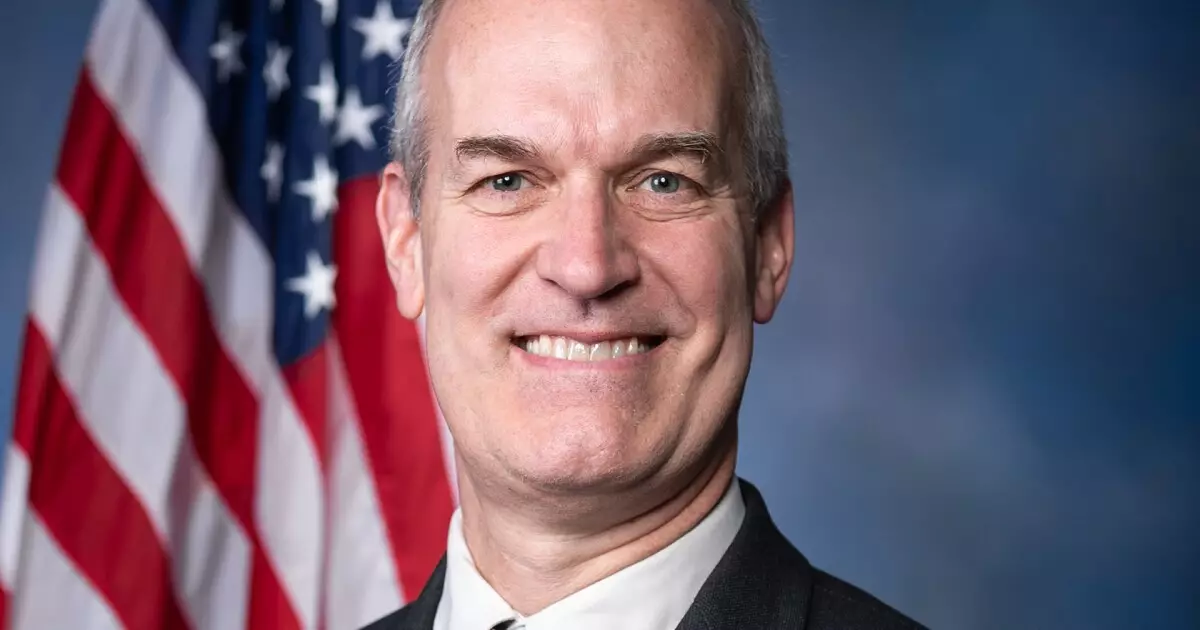The inauguration of a new presidential administration often ushers in an era of hope and change, but it can also trigger waves of concern, especially within critical sectors such as transportation. President Donald Trump’s initial Executive Orders, notably one aimed at halting federal grants directed toward local transportation infrastructure, sparked immediate outrage among House Democrats while leaving state transportation officials in a state of uncertainty. This surprising move occurred on the very first day of his presidency, raising questions about the administration’s commitment to ongoing infrastructure projects crucial to job creation and economic vitality.
House Transportation and Infrastructure Committee’s Ranking Member, Rick Larsen, expressed profound disbelief regarding the timing and ramifications of the executive order. He highlighted the looming threat it posed to millions of dollars in funding, potentially putting hundreds of thousands of jobs and an array of essential projects nationwide at risk. His call for bipartisan acknowledgment of the impact this decision would have on individual districts exemplified a growing divide in political discourse surrounding infrastructure and funding in America.
In the midst of the Executive Order fallout, an essential discussion commenced within the Highways and Transit Subcommittee, focusing on the merits and drawbacks of federal funding mechanisms. Lawmakers, alongside industry leaders, are engaged in a significant evaluation of formula funding—consistent allocations to states versus newer discretionary grant programs introduced by the Bipartisan Infrastructure Law, also known as the Infrastructure Investment and Jobs Act (IIJA).
Subcommittee Chairman David Rouzer emphasized the critical viewpoint of scrutinizing existing programs due to the mounting national debt. With figures creeping over $36 trillion, he advocated for streamlined funding processes that would ensure taxpayer dollars are being efficiently utilized to bolster infrastructure—essentially underscoring a growing sentiment towards fiscal responsibility. However, the pressing need for investment in innovative projects, including electric vehicle infrastructure and active transportation initiatives, poses a challenge amid concerns of budget cuts.
Amidst political debates, the surface transportation sector faces a looming financial crisis as the Highway Trust Fund—its principal funding source—edges toward insolvency, projected for 2027. This fund, reliant on antiquated fuel tax rates, highlights a critical funding gap that has been ignored by policymakers for decades. Stakeholders within the industry express heightened apprehension as available funding diminishes.
Jim Tymon, from the American Association of State Highway and Transportation Officials, divulged the serious implications of the funding delays under the IIJA; an astonishing 67% of formula funding has already been expended within a mere two years of allocation. In stark contrast, discretionary grants have seen diminutive spending rates of between 1% and 7.4%. This disparity evinces a larger issue regarding the effectiveness and timely delivery of federal funding, which continues to inflict stress on state departments of transportation.
The confusion stemming from the Executive Order continues to ripple through the transportation industry, leaving many leaders seeking clarity on the federal funding reimbursement processes. Tymon noted a significant degree of concern following the order, with initial halts in reimbursement for formula programs amplifying existing fears about the future flow of federal dollars. Although clarification came from the administration that the intent was not to curtail all federal funds, the long-term impacts remain uncertain.
As the new administration grapples with the implications of its policies and the urgent need for infrastructure funding juxtaposed with plans for tax reforms, the ongoing political turbulence threatens vital bipartisan-supported infrastructure projects. Matthew Colvin from the AFL-CIO pointed out the conflicting perspectives on the IIJA, stirring the pot on bipartisan relations and leaving many stakeholders bracing for potential upheaval in funding priorities.
The effects of President Trump’s Executive Orders have not only sparked immediate outrage and concern but have also catalyzed a larger conversation about the future of transportation funding amidst political and fiscal challenges. Addressing this issue necessitates a collective effort to find a balance between prudent financial management and the need for robust infrastructure investment, ultimately shaping the trajectory of the nation’s economic health.

